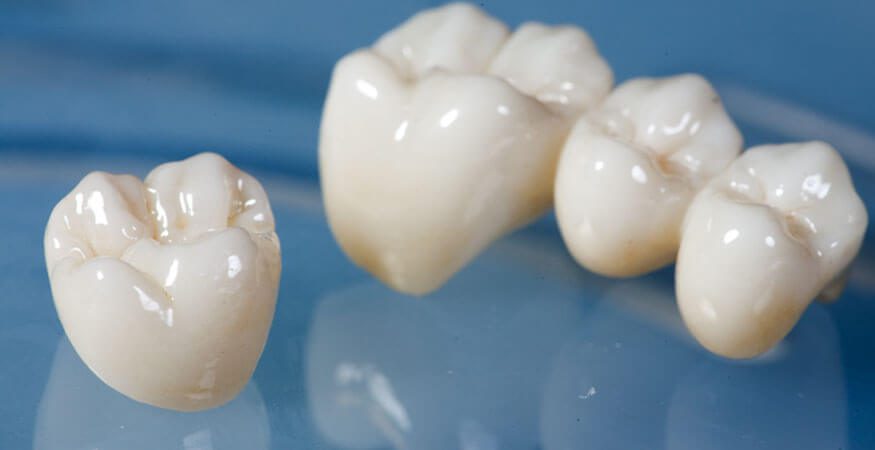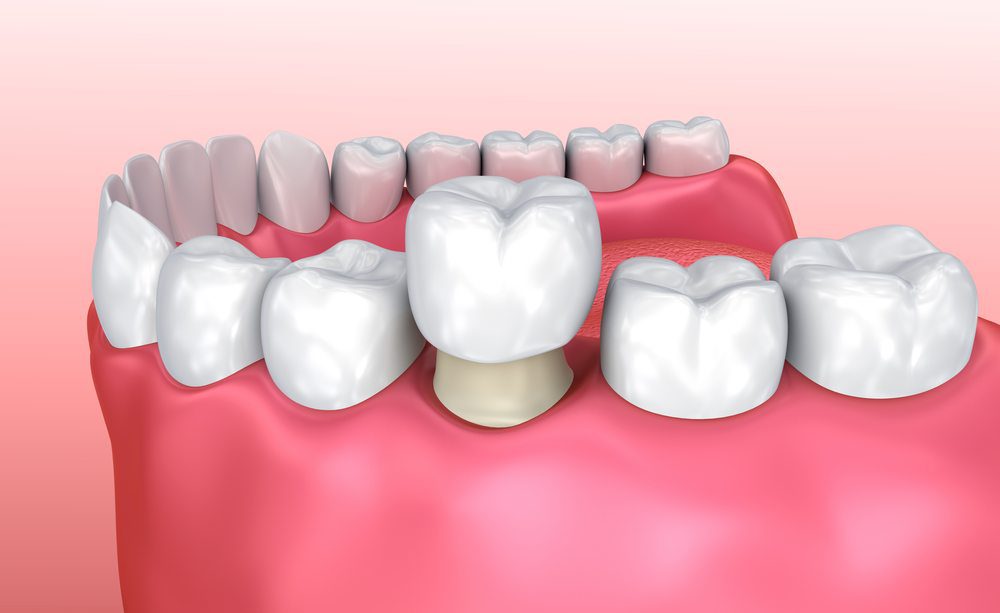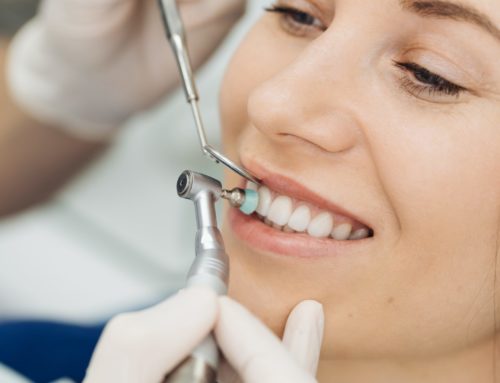Repairing Damaged Teeth with Dental Crowns
If a tooth needs filling or has been chipped or cracked, then there’s a good chance you will need a dental crown installed to reshape the tooth. As with any dental procedure, it’s important to understand what you’re in for and why it is being recommendation as a solution.
Dental crowns are one of the more common methods to restore a tooth. They are recommended so often because they are effective at helping a tooth regain their original shape, size and health. While the procedure is common it is still a complicated undertaking.
How is a crown procedure performed from start to finish? Let’s review the steps involved so that you are informed and prepared to make the right decision for your oral health. We’ll also make sure you understand the benefits of a dental crown and the drawbacks to waiting.
What is a Dental Crown & How do Dental Crowns Work?
A crown is a restorative procedure that helps reshape, resize and strengthen a tooth that has been broken or worn down by decay. Think of a crown as a type of cap that is attached to the tooth with an adhesive. It acts as the tooth’s outer surface, protecting it from further damage and helping patients avoid more serious procedures like extractions or root canals.
Crowns are made from either porcelain or metal or a combination of the two. Porcelain is the most popular material as it closely resembles the natural colour of teeth and is extremely durable. Their durability and strength are paramount as the crown must withstand the daily rigors of chewing and biting.
Partial crowns are used when a tooth or a series of teeth don’t require a full dental crown but are too far gone for a simple filling. Often called onlays, a crown helps restore strength to a weakened tooth. Partial crowns also help prevent tooth decay and keep the structure of your teeth intact.
While not always necessary, temporary crowns can protect a tooth as you wait for the permanent crown or a root canal. This helps a patient eat without pain or further damaging the tooth. It is held in place with a cement that is less firm than traditional dental cement so that it can be easily removed when the time comes.
All crowns are manufactured in a lab and are based on an impression of your bite and jaw. This impression allows a technician to examine the movements of your jaw with respect to biting and then sculpt a crown that will fit your tooth and allow for normal function.
When are Dental Crowns Used to Repair Teeth?
If you are experiencing pain when biting down than it is possible you need a crown, especially when you consider that a cracked tooth doesn’t heal on its own.
A crown could be needed to:
- Protect a tooth weakened by decay.
- To restore a chipped or cracked tooth.
- To support or cover a tooth that has experienced wear and tear.
- To aid in holding a dental bridge in place.
- To cosmetically improve the colour or shape of a tooth

Another thing to look out for is craze lines, which are vertical lines in a tooth’s enamel. These are common, painless and do not require any dental procedure. They are usually caused by the stress that teeth must endure like grinding, biting or using your teeth to open packaging (hey, we all do it). Despite being harmless, your dentist will want to monitor them during checkups.
Neglecting the procedure to install a crown could result in:
- The chip or crack worsening.
- A root canal being required.
- The tooth splitting and needing to be extracted.
If you require a crown then it’s best not to wait.
How is the Dental Crown Procedure Performed?
The procedure to place a crown on a tooth usually involves two visits to the dentist. During the first visit, the dentist will prepare the tooth and the second visit is reserved for placement.
The First Visit
In the first visit, you will need to undergo a series of x-rays to check the root and bone of the tooth. Part of this is to determine if a root canal needs to be performed. This is done by examining the severity of the decay and by gauging the risk of infection. Your dentist will numb the tooth and surrounding area. Next the tooth will be filed to make room for the crown. If a large portion of the tooth’s surface area is already missing, then the dentist will use a material to enlarge the tooth so that it can hold the crown in place.
Once the tooth is reshaped, a paste or putty will be applied to make an impression of the tooth that will undergo the procedure. These impressions include the above or below teeth to ensure that a patient’s bite won’t be impacted by the crown. Some dentists use digital scanners for this part. The impressions are sent to a lab where the crown will be sculpted and shipped to your dentist in two to three weeks. For porcelain crowns, a patient and dentist need to choose a shade that resembles that of the tooth.
Finally, your dentist could opt to install a temporary crown to protect the tooth until the permanent one is ready for implantation.
The Second Visit
The second visit usually begins with the dentist removing the temporary crown. They will then inspect the permanent crown to make sure the colour and fit match the specifications of the impression. If all goes according to plan, a local anesthetic will be used to numb the tooth. The last step, of course, is securing the permanent crown in place with dental cement.
How are Dental Crowns Cared For After the Procedure?
The care required for a permanent crown is minimal. Most dentists even suggest to treat it like you would a natural tooth with respect to eating, chewing and biting. On the other hand, temporary crowns do require some care because the last thing you want is to damage it before the permanent one can be placed on the tooth.
While you have a temporary crown, be sure to do the following:
- Do not eat sticky food or food that is excessively chewy like caramel. These foods could pull the crown off the tooth.
- Try to avoid using the side of your mouth with the temporary crown. It might be annoying but you’ll have to use one side of your mouth almost exclusively to chew.
- Avoid crunchy or hard foods like raw vegetables or potato chips.
- It is recommended that you continue flossing but you need to slide the floss out from between your teeth instead of lifting it out.
Contact Georgian Dental® Today & Book an Appointment!
Dental crowns are a safe and effective way to correct teeth and prevent further decay. If you are experiencing pain while chewing or have suffered an injury to your mouth, you should have a dentist examine you to see if you need a crown. The last thing you want to do is let the problem linger to the point where you need a root canal.
Have questions about getting a dental crown? We’re here to help. We can walk you through our process to ease any concerns you might have and review your benefits plan and provide more information about our payment options.
Contact us today an arrange for a free, no obligation consultation.
Appointment Request
If you’re interested in any of our procedures, and would like to meet with one of our dentists to discuss options, costs and get additional information, complete this short form and we’ll give you a call to arrange for a no-obligation appointment at our Barrie clinic.









